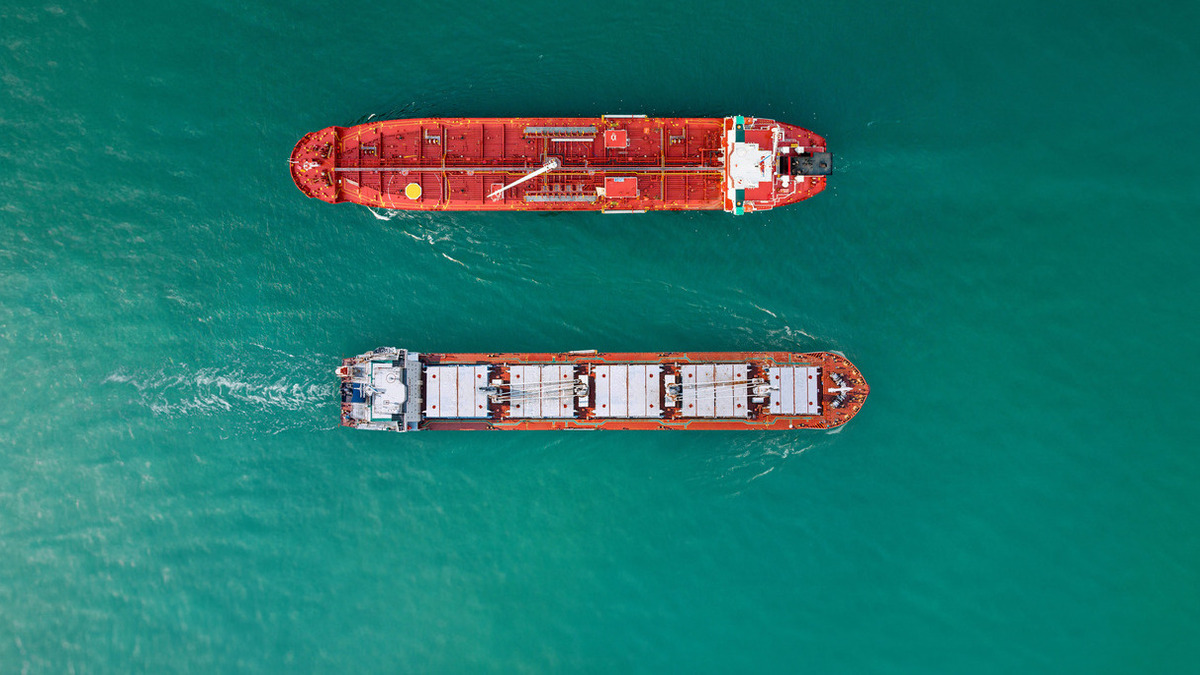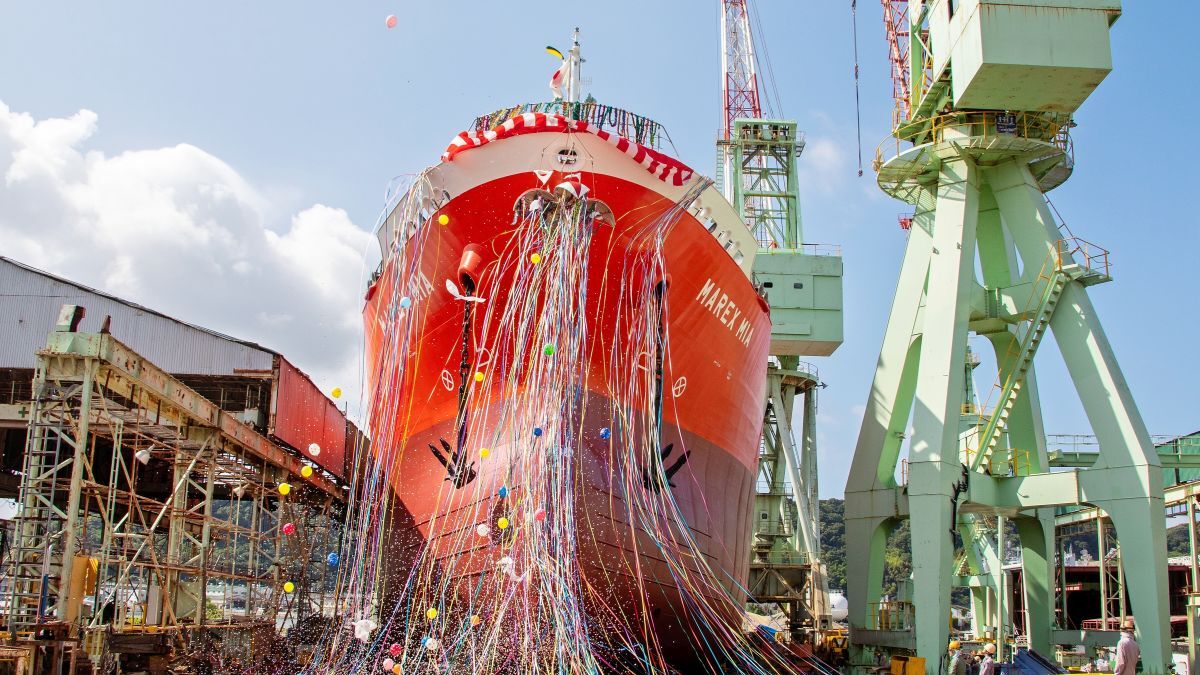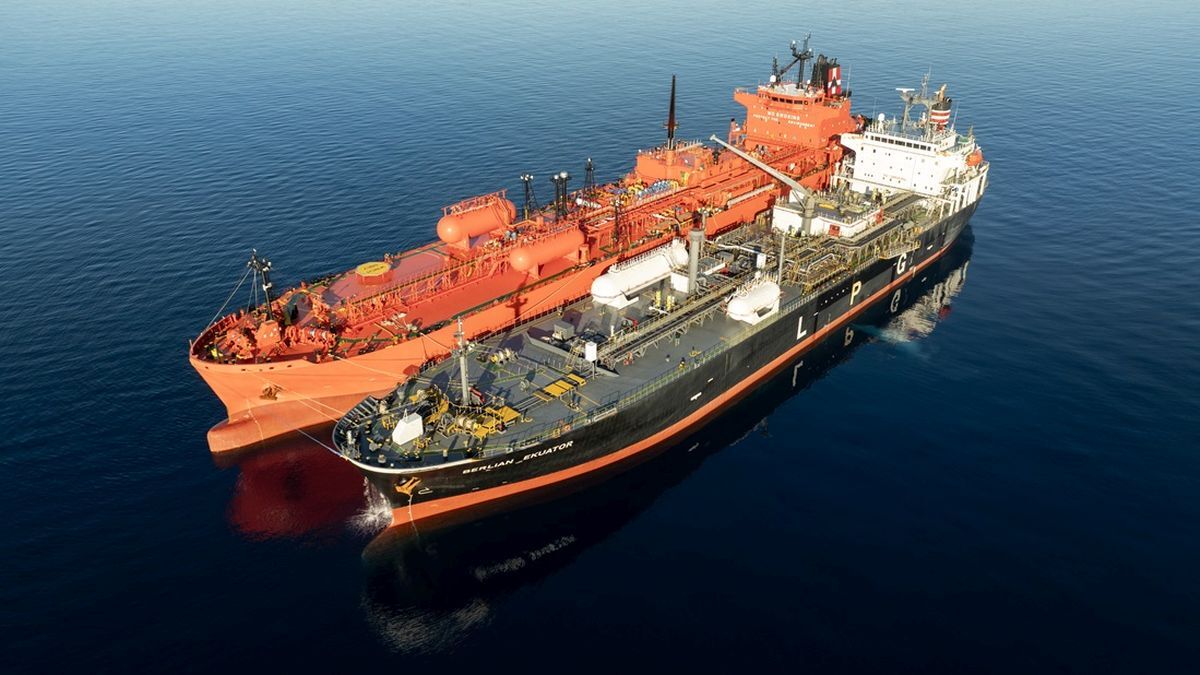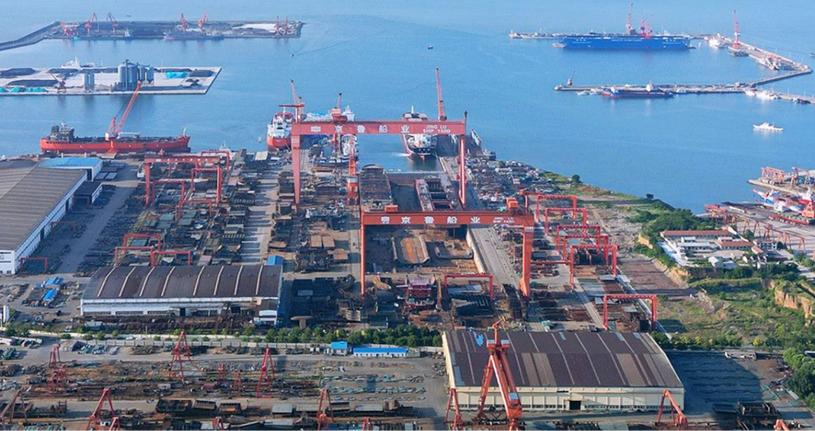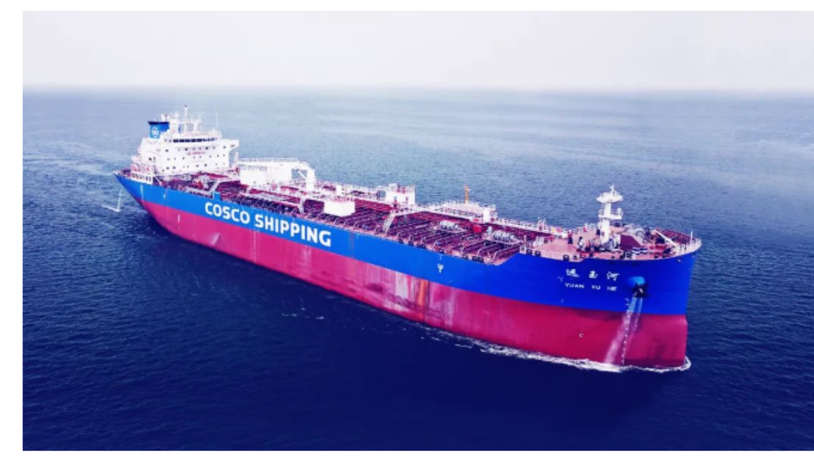Business Sectors
Contents
Register to read more articles.
2025 set to break new records for newbuilding deliveries
Deliveries of bulk carriers and product tankers are projected to reach multi-year highs in 2025, further intensifying the complex supply and demand dynamics shaping maritime markets
"The year 2025 commenced with uncertainty surrounding both the dry bulk and tanker sectors. Global geopolitical tensions continue to drive market volatility, shaping current sentiment," noted Greek shipbroking house Intermodal in its latest weekly report. Amid this unpredictable landscape, analysts highlighted tonnage supply as the only relatively stable factor.
In the dry bulk sector, Intermodal reports 541 bulk carriers, totalling a combined capacity of 38.33M dwt, are expected to join the global fleet in 2025. This marks an increase of 51 vessels and 4.49M dwt compared with 2024. Notably, these figures represent the highest number of deliveries in vessel count since 2016 and the largest in terms of dwt since 2021.
Among vessel classes, the Ultramax, Supramax and Handysize segments will see the highest activity, with 196 and 146 deliveries respectively. The Kamsarmax and Panamax segment follows with 121 vessels, while 40 Capesize ships are expected to be added to the fleet.
Dry bulk orders skyrocketed in 2023 and, although they declined the following year, maintained a relatively strong momentum.
Product tanker bonanza
The product tanker segment is set to experience a significant boost, with 179 vessels totalling 12.09M dwt slated for delivery in 2025. This is a stark increase compared with the 49 vessels delivered in 2024, which combined for a modest 3.37M dwt.
"While 2024 recorded the lowest number of product tanker deliveries in dwt terms since 2001, 2025 is set to mark the highest delivery figures since 2009," Intermodal stated.
According to BRS Shipbrokers, this upward trend will extend into 2026, with deliveries dominated by MR2 tankers, followed by LR2s. For 2025, BRS projects the delivery of 100 MR2 and 55 LR2 tankers, while 2026 will see 139 MR2 and 77 LR2 tankers added to the fleet.
Modest growth for crude tankers
In contrast, the crude tanker segment will see relatively subdued activity in 2025, with just 43 vessels totalling 7.15M dwt expected for delivery. While this represents an increase over the record-low 17 ships (2.52M dwt) delivered in 2024, 2025 is still set to record the second-lowest dwt deliveries and the lowest vessel count since 2015.
Suezmax tankers will lead the segment, with 30 deliveries surpassing the five-year average of 22 vessels. Meanwhile, only five VLCCs and eight Aframaxes are expected to join the fleet in 2025.
Looking ahead, data from BRS Shipbrokers indicates an acceleration in crude tanker deliveries for 2026, with VLCCs expected to outpace Suezmax tankers the following year. In 2027, 43 VLCCs are projected to enter service, compared with 39 Suezmaxes.
The recycling factor
Adding to this, the limited vessel recycling activity in recent years has further complicated supply fundamentals. Despite opportunities for recycling, current market conditions and pricing dynamics at recycling yards, combined with a strong secondhand market, continue to incentivise the sale of tonnage for trading rather than demolition.
However, with the latest sanctions now in effect, a rise in tanker demolitions this year would not be unexpected.
Sign up for Riviera’s series of technical and operational webinars and conferences:
- Register to attend by visiting our events page.
- Watch recordings from all of our webinars in the webinar library.
Related to this Story
Events
Offshore Support Journal Conference, Americas 2025
LNG Shipping & Terminals Conference 2025
Vessel Optimisation Webinar Week
© 2024 Riviera Maritime Media Ltd.


